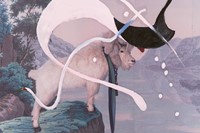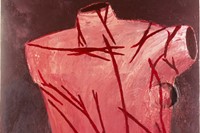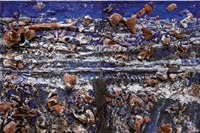This article is taken from Julian Schnabel, published by Taschen.
Palazzo Chupi is a museum. As an unusual museum structure – a seemingly private home in New York City – it helps us think better about museums.
We often tend to think of museums as places where objects are collected, preserved, kept forever; trophies coming from specific places, or from all over the world, acquired with persuasion or violence, looted, bought, donated. Here, it is certainly true that objects matter, and Palazzo Chupi is filled with objects of all sorts: contemporary ones, ancient ones, some made by human hand, others by the design of nature: books, tapestries, paintings, drawings, etchings, fabrics, skeletons, DVDs, computers, photographs. But this place is not about objects, exactly as what we consider to be the traditional institution of a museum eventually should not be exclusively about objects – these are not the golden leaves of the tree, but the roots from which everything grows.
Two things actually make a museum: how it makes us feel, and the story it tells. It is a commonplace to say that, in our Western world, churches have been replaced by museums, cathedrals by the great museum behemoths, all designed to provide us with a sense of what was once called the “sacred.” But sometimes museums themselves, under the pressure of the audience and everything that comes with it, have become shopping malls.
The religiosity we experienced there – the random feeling that there is something beyond, even if it is just in this mundane world, here and beyond at the same time – has left us in many museums, and it is quite likely that the ones which will best survive will know how to address this unfulfilled Western need for belief.
The fact that institutional museums have been sometimes unable to address this spiritual need – the world is not enough – means that other places have found a space for this sort of revelation: museums outside museums. Palazzo Chupi is one of such places, and it might even, one day, become a museum – as it is the result of a deeply human project. Anyone walking anywhere into the building would feel something different – and yet something profoundly worldly, human: other world, same world. This is a situation of increased, heightened sensitivity: the colours are stronger, the surfaces rougher, softer, than in other places.
Palazzo Chupi is a system of lights. We have forgotten about lights: in our cities, in New York, the city of blinding lights, there is no obscurity anymore; the night has disappeared. Palazzo Chupi reinstates it. In its rooms, there can be light, but it is never strong nor violent, nor brutal, nor artificial: the light is natural, it comes from the windows, it pours into the space, sometimes vastly, sometimes scarcely. Even the actual artificial light – there is some, as in any modern edifice – does not seem artificial; it is contaminated by the lights of the day and the luminescence of the sky at night. We are taught to abandon our given perception of absolute brightness, and absent illumination. Wandering in the palazzo at night, we learn to exist in darkness, therefore to adopt every glimmer, and to see the light throughout things, with almost no brightness. We look at the objects present, differently: in the darkness, their materiality, intensified, almost turns into a vision. We get to sense again that which we had forgotten, in a contamination of sensations: we feel the discrepancies between the feathers, the hardness of the stone, the fabric of the tapestry, the liquid of paint, and everything that is used to paint; we sense the patterns on which paint was applied, and that have become painting as well. All these components exist fully as things: they are entities, autonomous but constantly with each other, like atoms. There are no boundaries between them anymore; what is dead, what is made from life, what is human, what is animal, what is mineral, what is present, and what comes from the past, prehistoric (a dinosaur’s bones), early modern (a tapestry depicting Caesar and Spurinna), modern, and recent, all melts into one single universe, fully coherent and enclosed within itself – albeit being a reflection of much more.
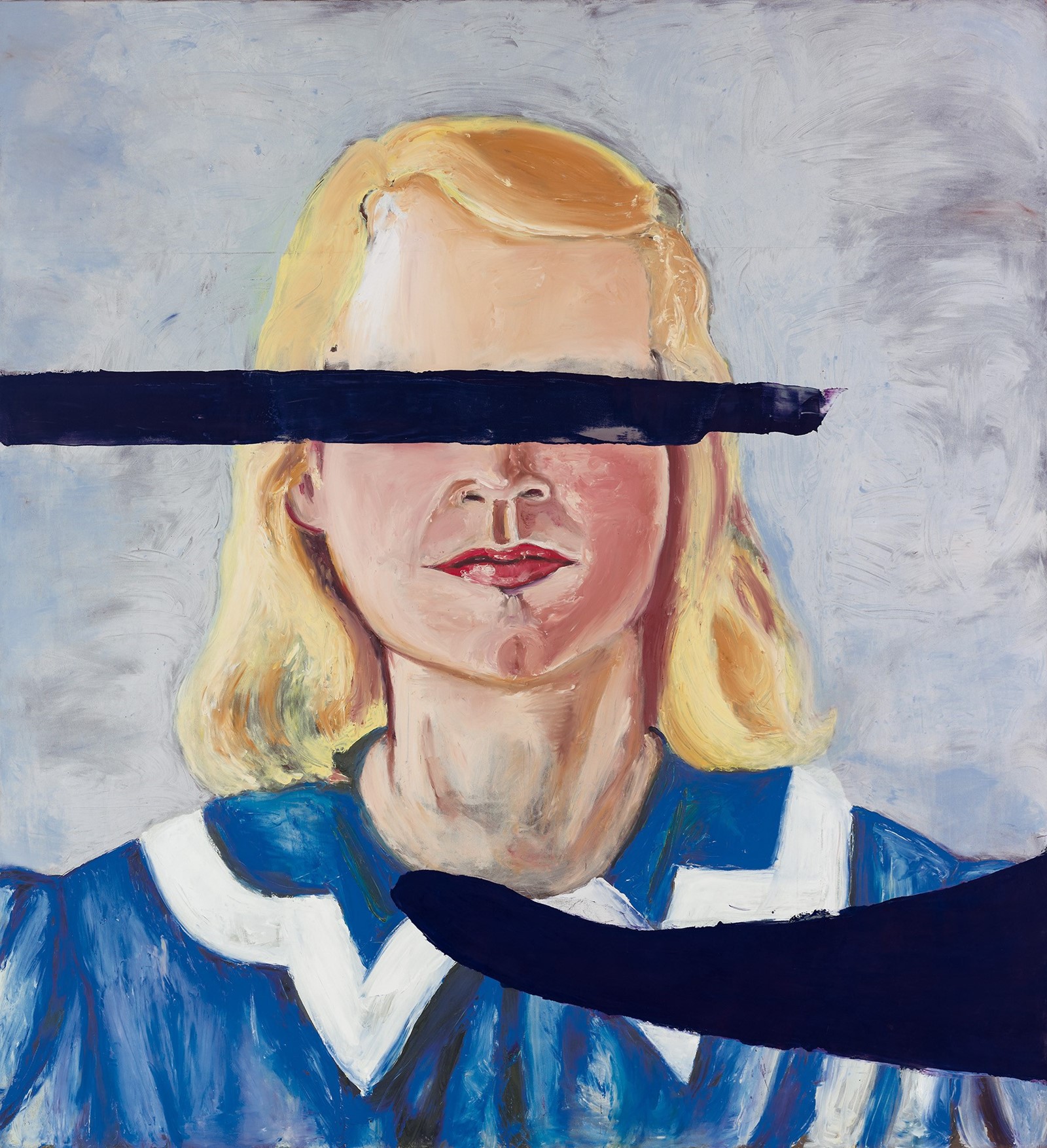
What brings it all together is the sight of humanity. A human being has seen all that, has chosen it, and brought it into his world. And this human being is an artist, who has his atelier in this very building. The atelier is like the magician’s studio, where everything happens that filters and enriches the world around it. But when we enter the atelier, we can decipher no true difference from the rest of the building: there is no difference between the images, the paintings, the colours, the shapes, the human bodies that are maps, the maps that look like human figures. All forms are reversible and permeable. Everything enters a universal dance, with no separation whatsoever.
The art sets itself with the power of enlightening everything around it and almost disappearing – since eventually the things that are the works and the things that exist outside the works begin a strange dialogue: the paintings and the sculptures are often made from found objects, from found pictures; the artist is the person who saw something in them, took them, made that thing visible; the artist, the ultimate son of Duchamp. This constantly absent figure, always travelling the world, admiring the world, the artist as voyageur, the artist as observer, is a meditative figure, losing himself in the world, embracing it, watching its most minute part and turning the grandest into an abstraction, attempting to make a mark, on a canvas, on a flag, on a wall, on life, on the universe; a mark, a small mark, and yet it would exist, amid thousands and thousands of other marks. When the work appears most “painterly,” with a considerable amount of material deposed on a canvas – or on plates – that is when it is most modest: all that paint, all that craft – placing paint on broken shards and not cutting oneself – is but a simple mark in the history of mankind; one mark, and that is all. This place is a symphony of marks, and here we are to see them, to learn to detect them, in these works, all around the world.
Palazzo Chupi is not an immodest extravaganza. Designed to challenge expectations, not from the point of view of an individual, but in a universal human approach, it is the result of activism toward an extraordinarily modest gesture: contemplation – what we do not do anymore, possessed as we are with communication, speed, acceleration, and culture. Palazzo Chupi is the reflection of human life, which is not disconnected from the reflective space where everything happens; which is not separate from the unanimated, but animates it in a life that entails it all; which is not separate from death but somehow manages to annihilate the event of it, once brought into the great cycle of the greater life. Life in the palazzo is the work of assertive synthesis.
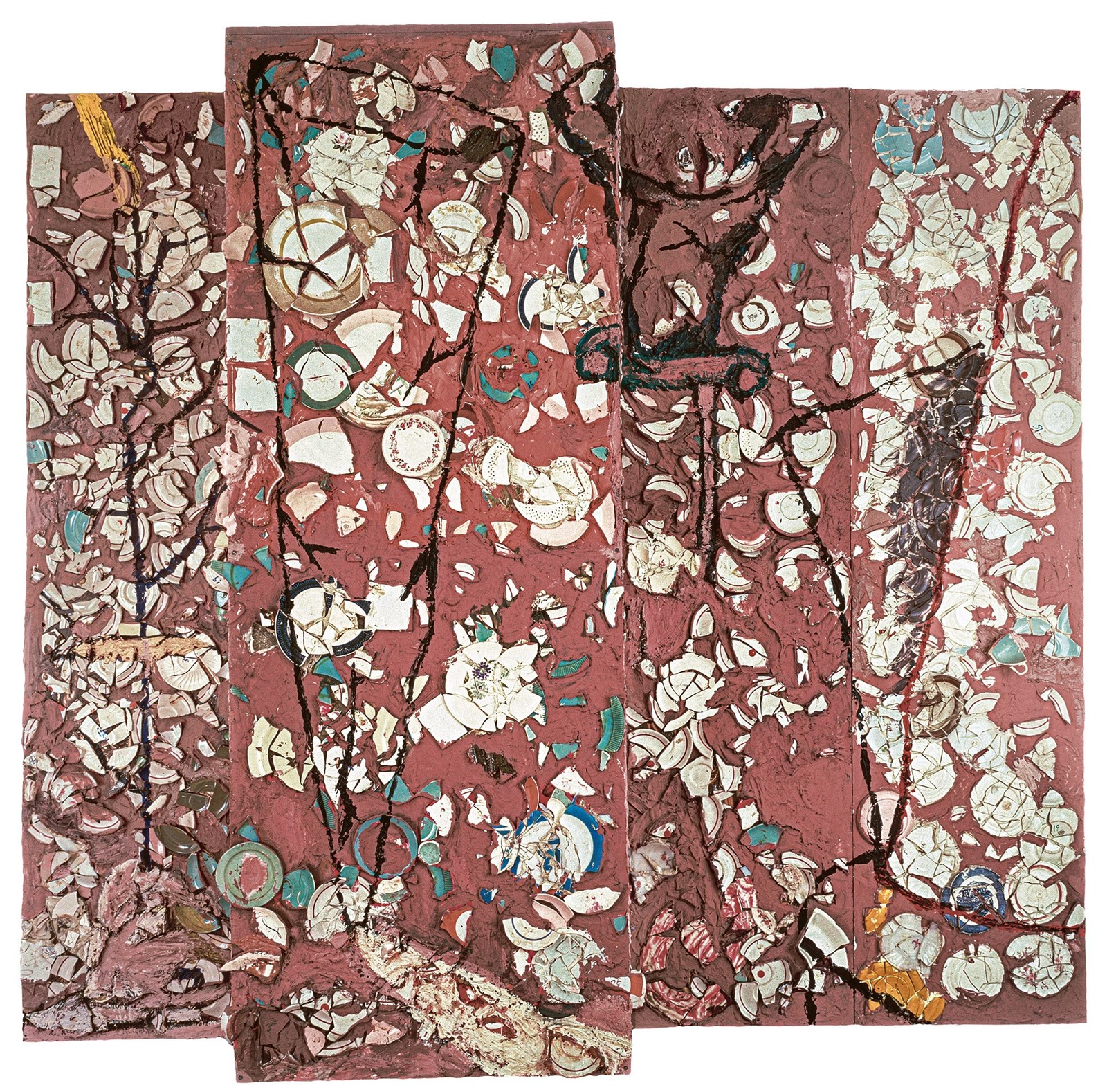
Everything is part of the cycle: history, the present, the future, everything is taken into the great continuum which goes from Homer to Vergil, from Vergil to Shakespeare, to Coleridge, to the present. And here we understand why we can find such a presence of all times, all media, all considered with the exact same degree of attention: a piece of clothes – a bullfighter’s attire – is hung with an attention equal to the one devoted to a painting; with all of them the same ease, the same care, and the same friendliness – many of the works presented at the palazzo were made by friends, living or dead.
It is an extremely brave place; it is an extremely fearful place: we can sense in every tiny part of it the sensation that it will never end, that it will always continue; and even if it does not continue, if it does indeed end, then everything will continue nevertheless in the realm of dreams to which this belongs, because the possibility of this place would have once been uttered and therefore proven, a place where art and life would be united as one thing: art would know to assert itself so much it would evaporate, life would know to fly away so quickly it would be stated in every stone, every piece of wood, of fabric, of canvas, of colour; love would embrace us all, not simply love toward human beings, but toward things, toward the universe, toward the great all we are part of and forget about: that grand love would be the only rule governing everything. This is an incredible statement as to what makes us humans; it is an immediate experience. It is what a museum should eventually be.
In Palazzo Chupi, we are invited to be fully human: to exist outside of our limited individuality, the construct we have been made and we have made ourselves to become. It is the space of peace, and peace is never the absence of confrontation, but the moment that follows the resolution of war. All those objects have been taken from places, and how could we know how pleased those chairs, skeletons, paintings, tapestries, books, qualities of all sorts, are to be together, there?
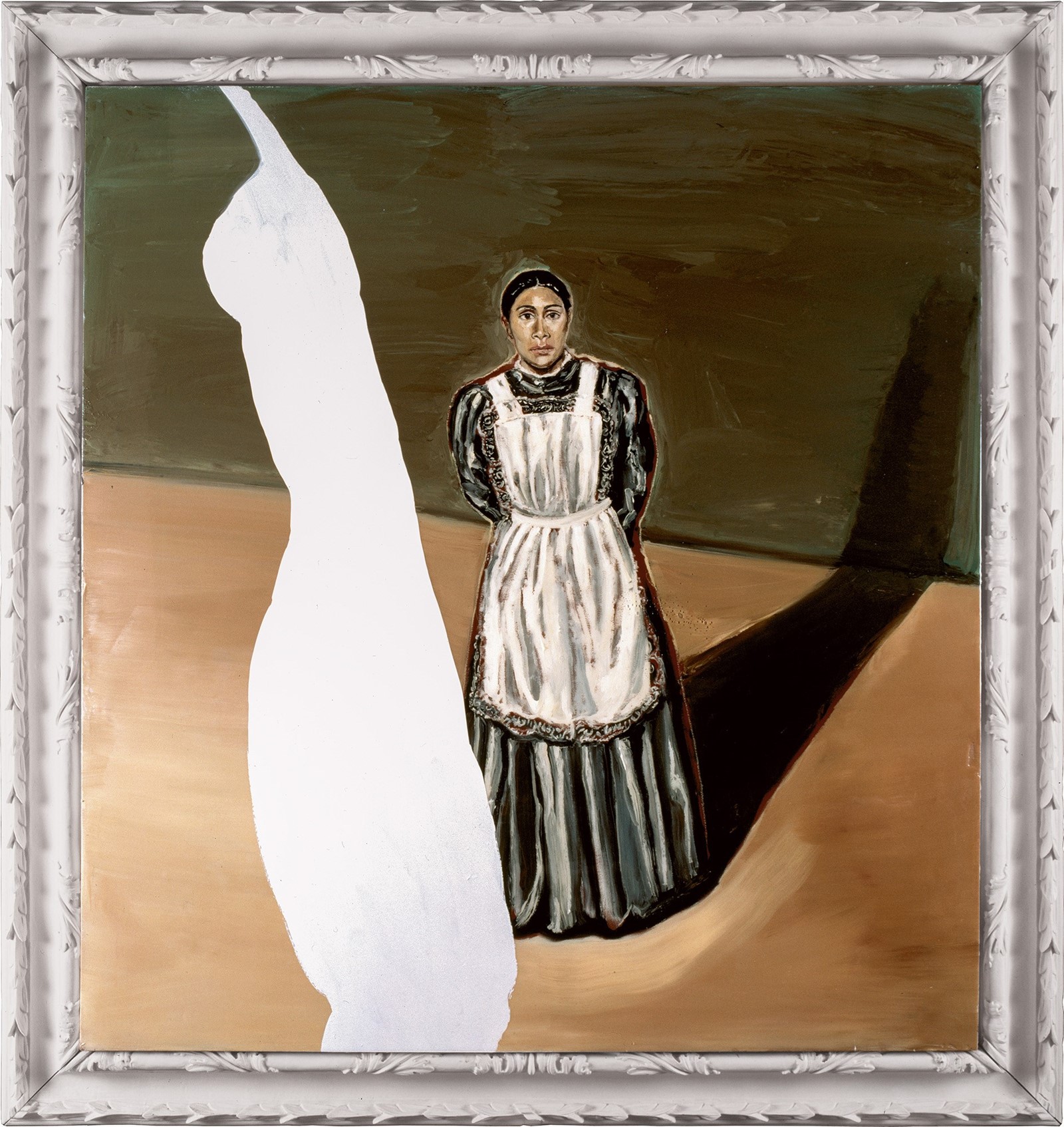
And yet, there is a friendliness, an intimacy they share, which makes their acquaintance feel natural – whereas our social rules, our cultural and psychological constraints would make these coherences impossible elsewhere. There is no naiveté in that museum: here are all the trophies of danger for us to see, all our oblivions find themselves staged, and made possible, all our illusions are shown as they lead us: taste, life, power, literature, art, love, sensations, belief; from our body to our soul, we are completely immersed in Palazzo Chupi.
Although it was made by a human being, one individual, with a particular approach to art, and to life, we can completely lose ourselves in it, live there, for an instant or forever, and perhaps these are the same, forgetting that we ever lived at any given moment, discovering the vanishing feeling of the eternal. We experience contemplation, and we even forget that someone created this architecture.
Such is the achievement of art: that the person, however individual, who made it all, found the force to escape, and to exist in a presence that would only be the making of a universal possibility. In a museum, there is no boundary between life and death: everything is life, and the marble portraits of the dead from 2000 years ago are our peers, as well as the human beings standing next to us. We are all together, the living and the dead, if only we sense their reassuring spiritual presence among us. And perhaps, in museums, old and new, eventually forever old and new, we may get to believe that they sense ours.
Julian Schnabel
Taschen
Numbered and signed by Julian Schnabel
£1,250


